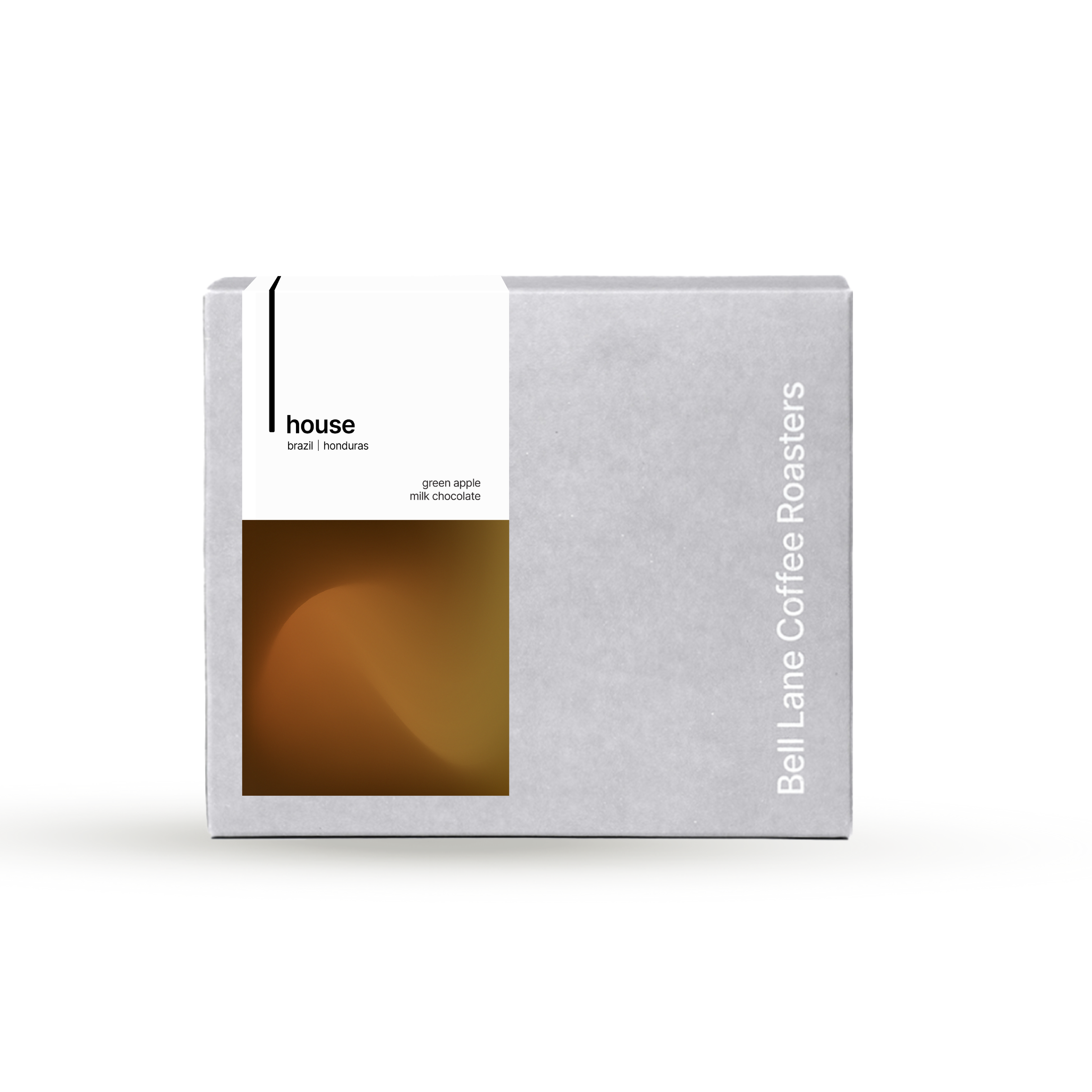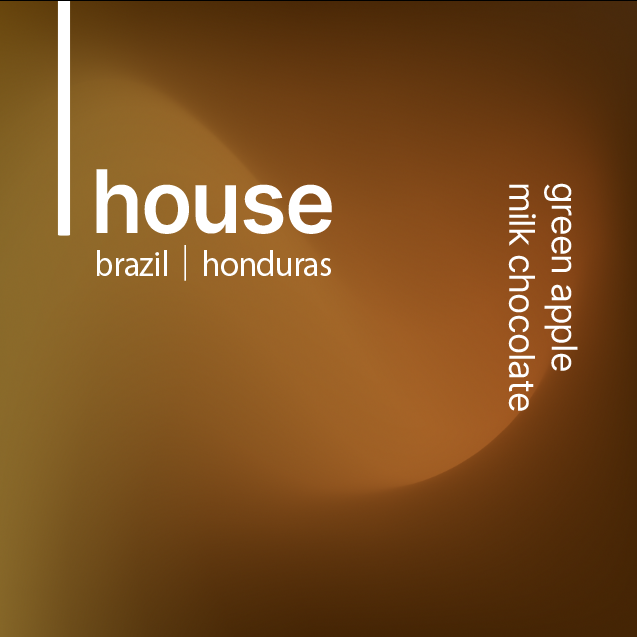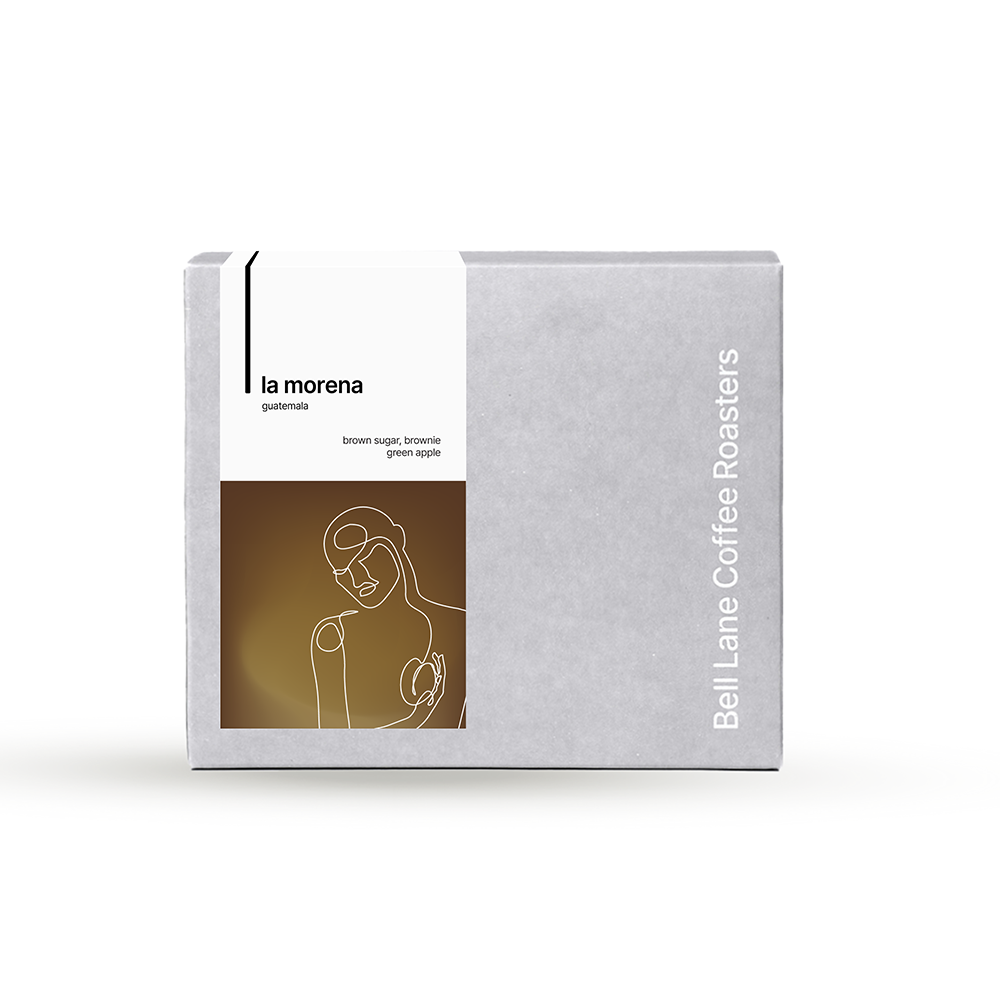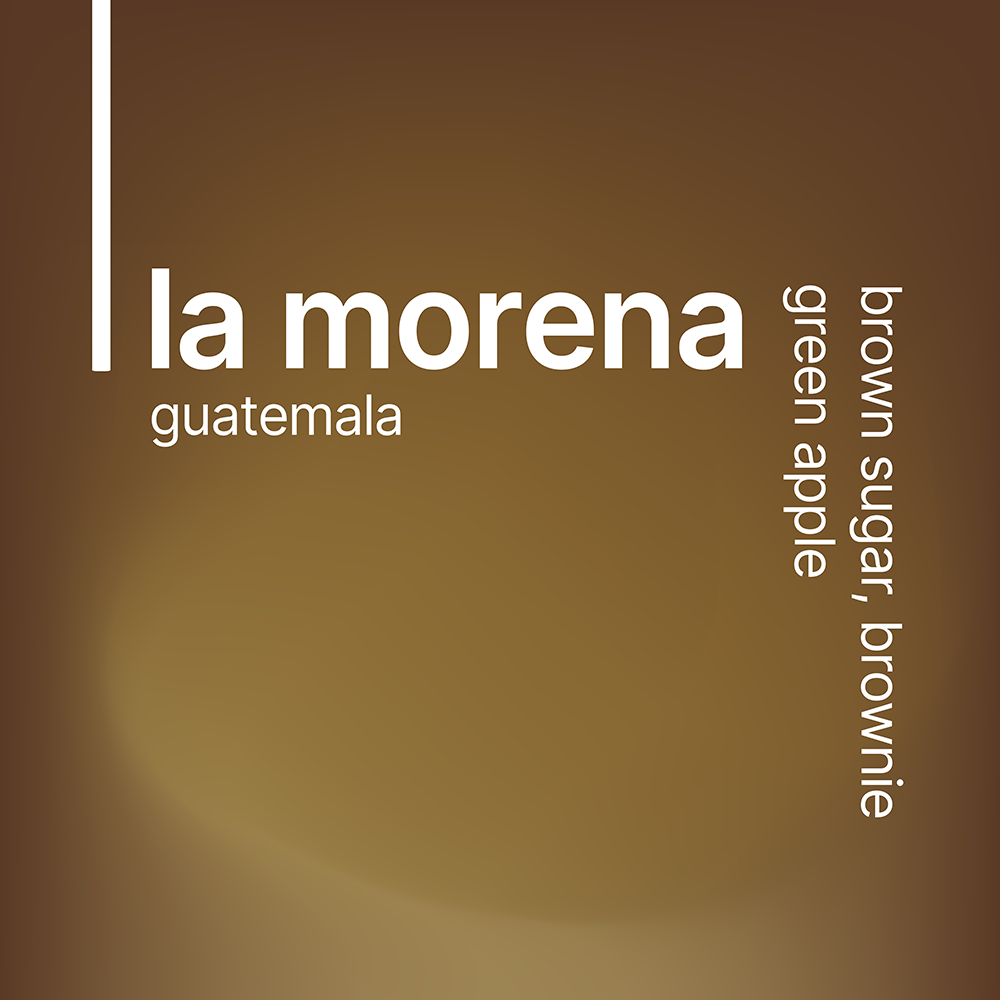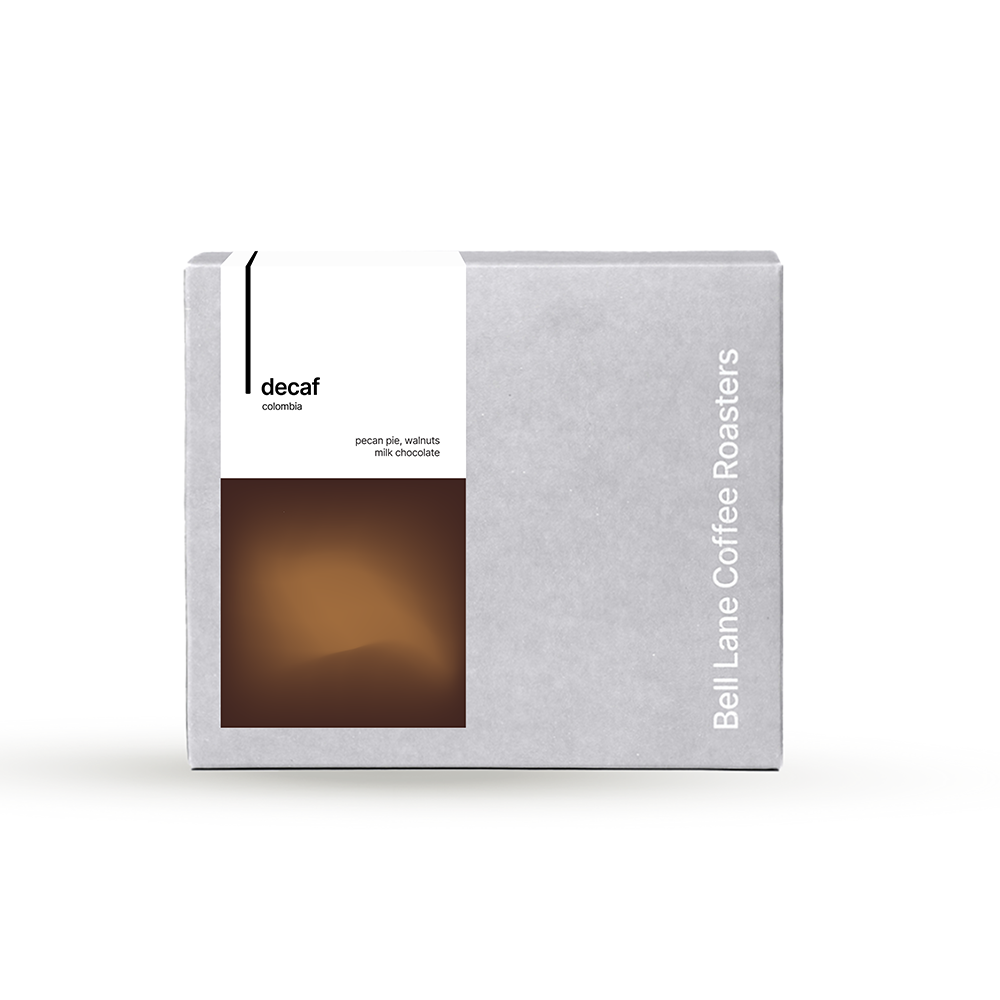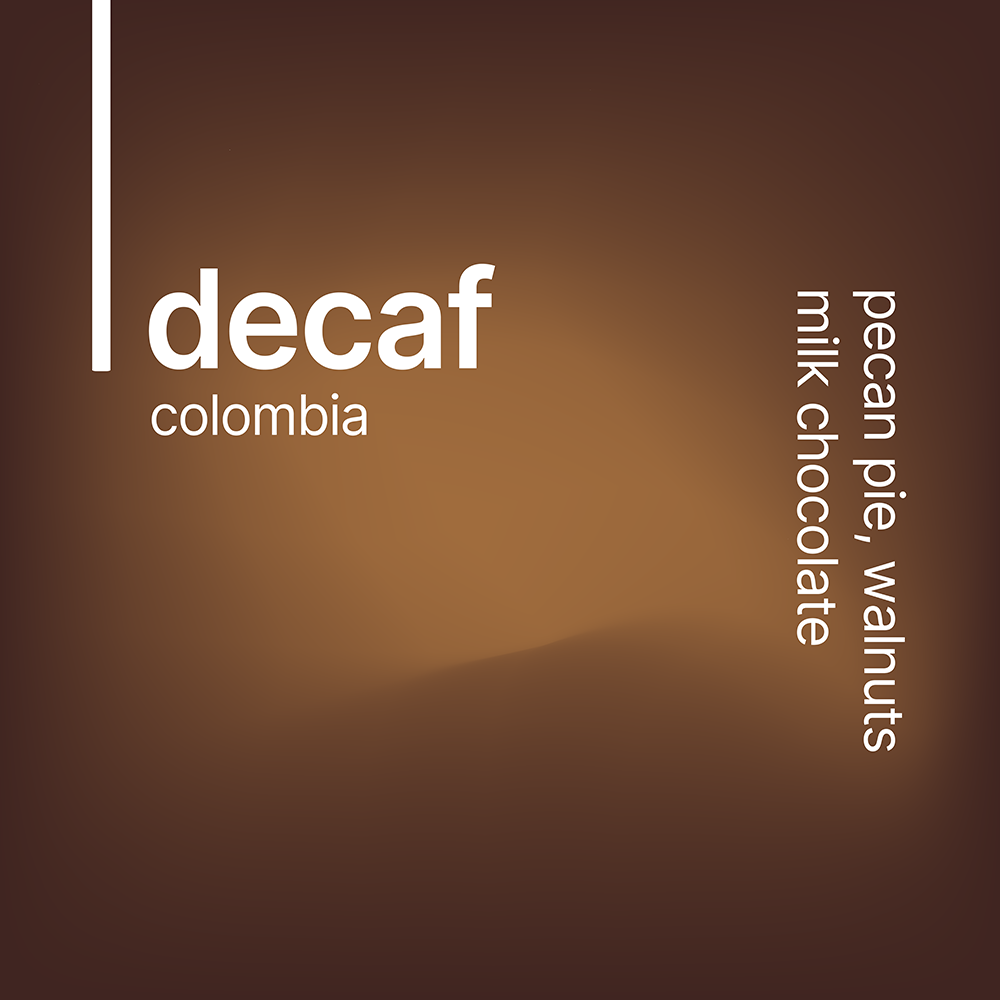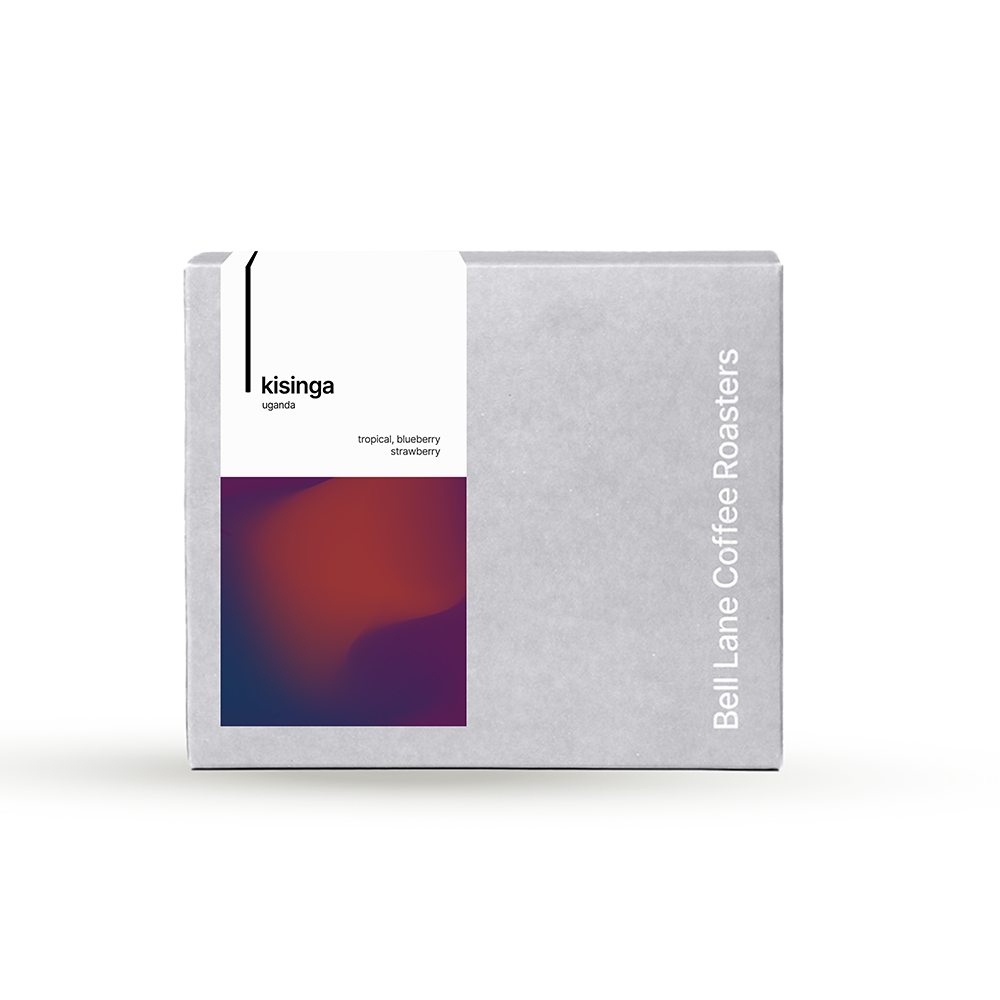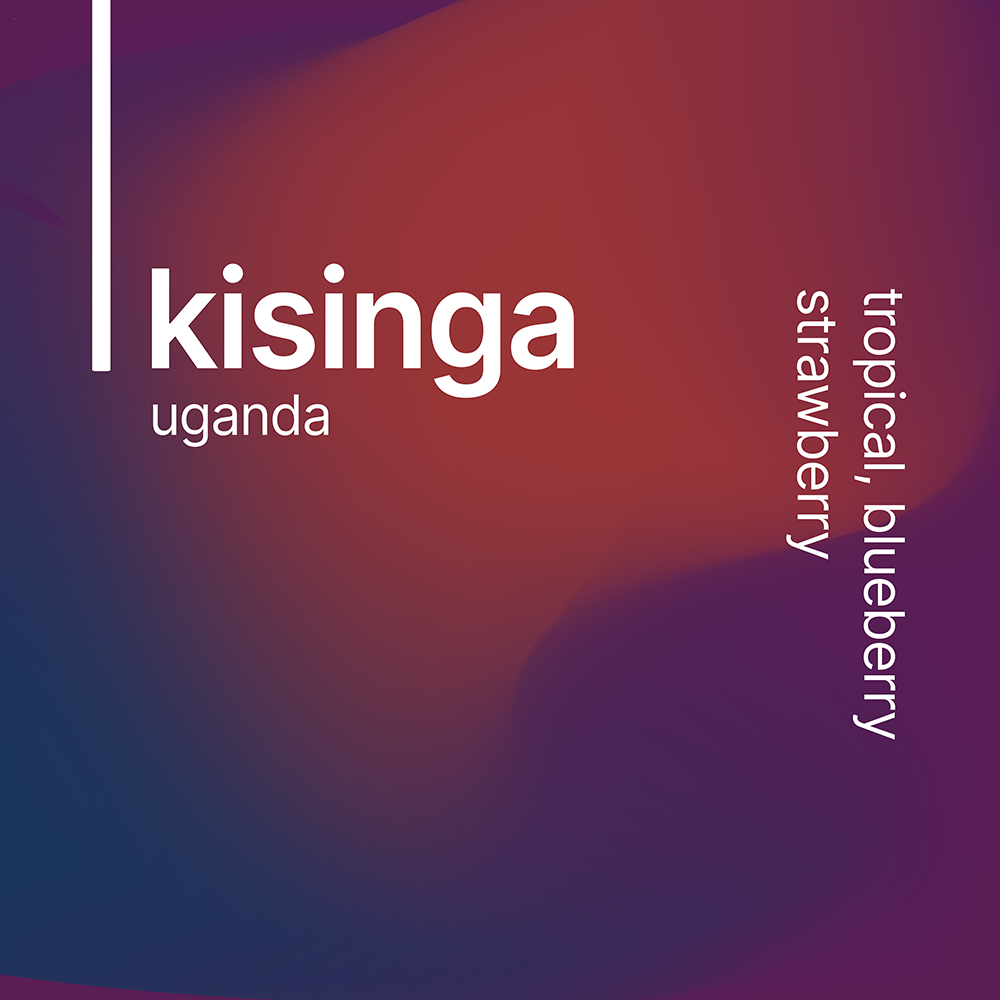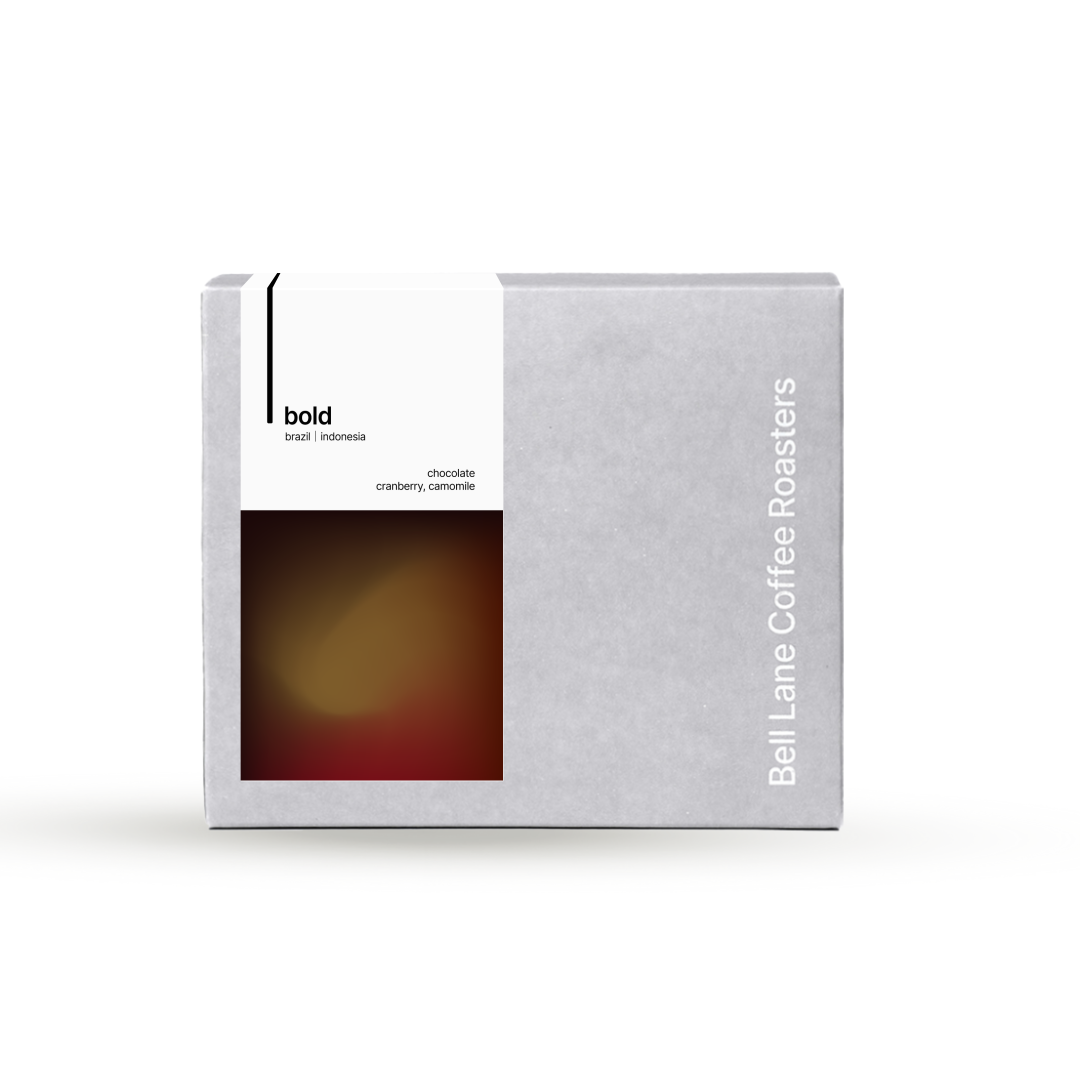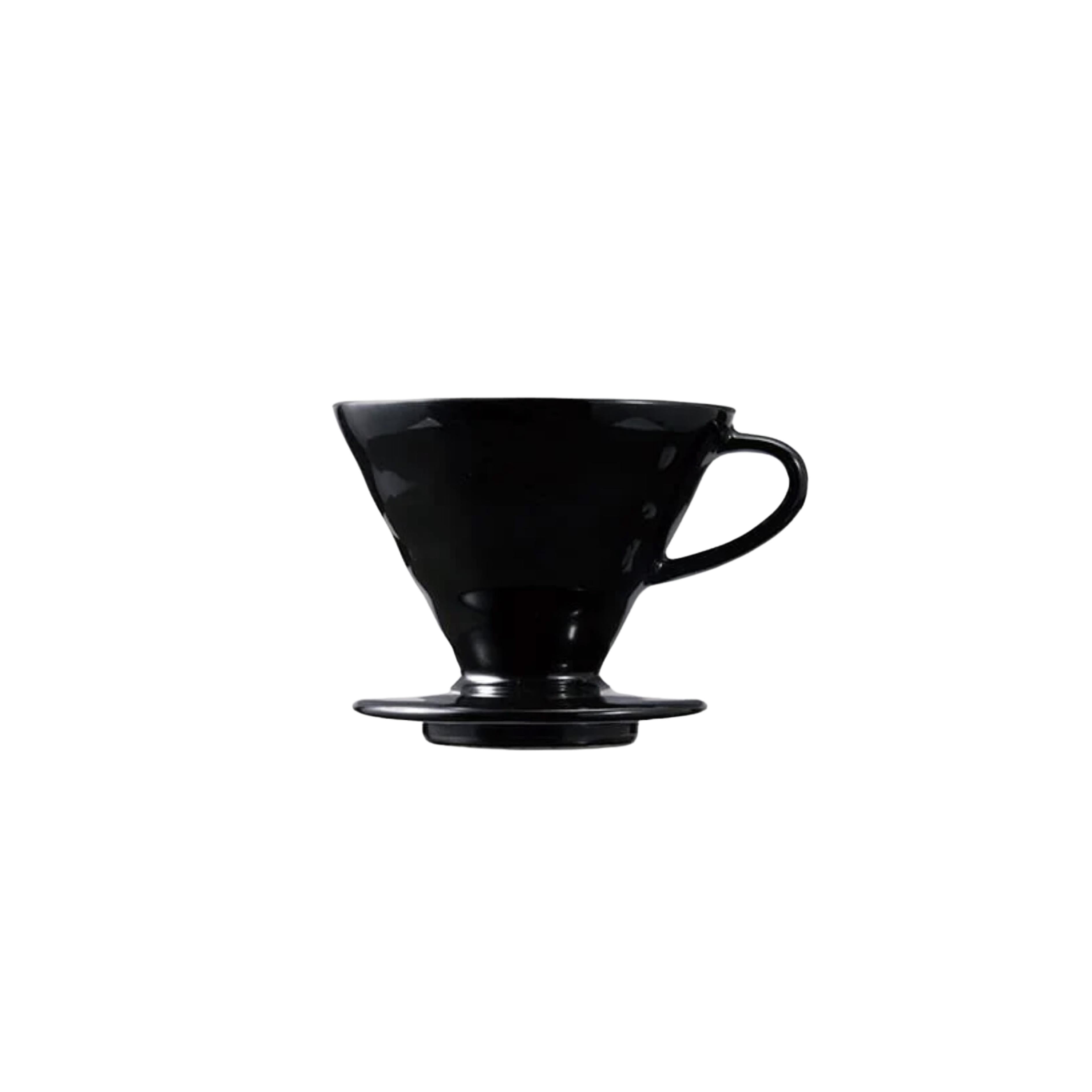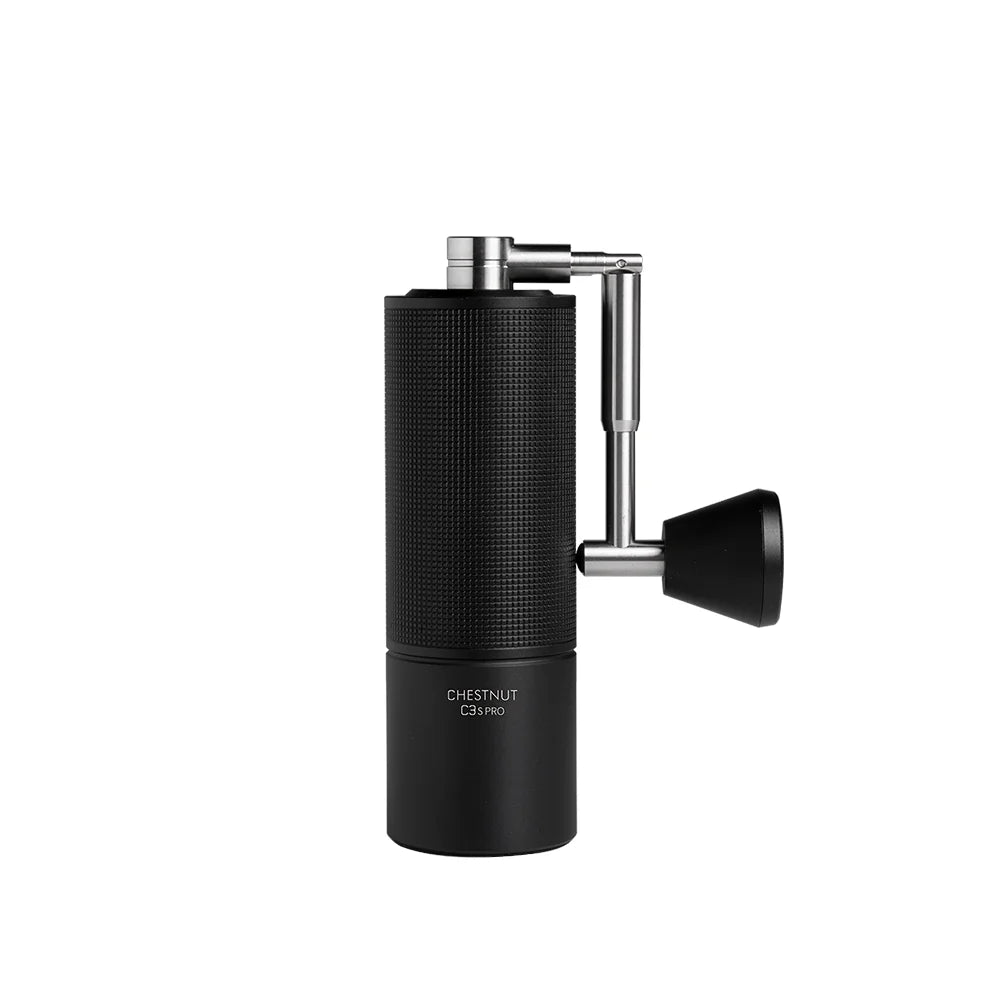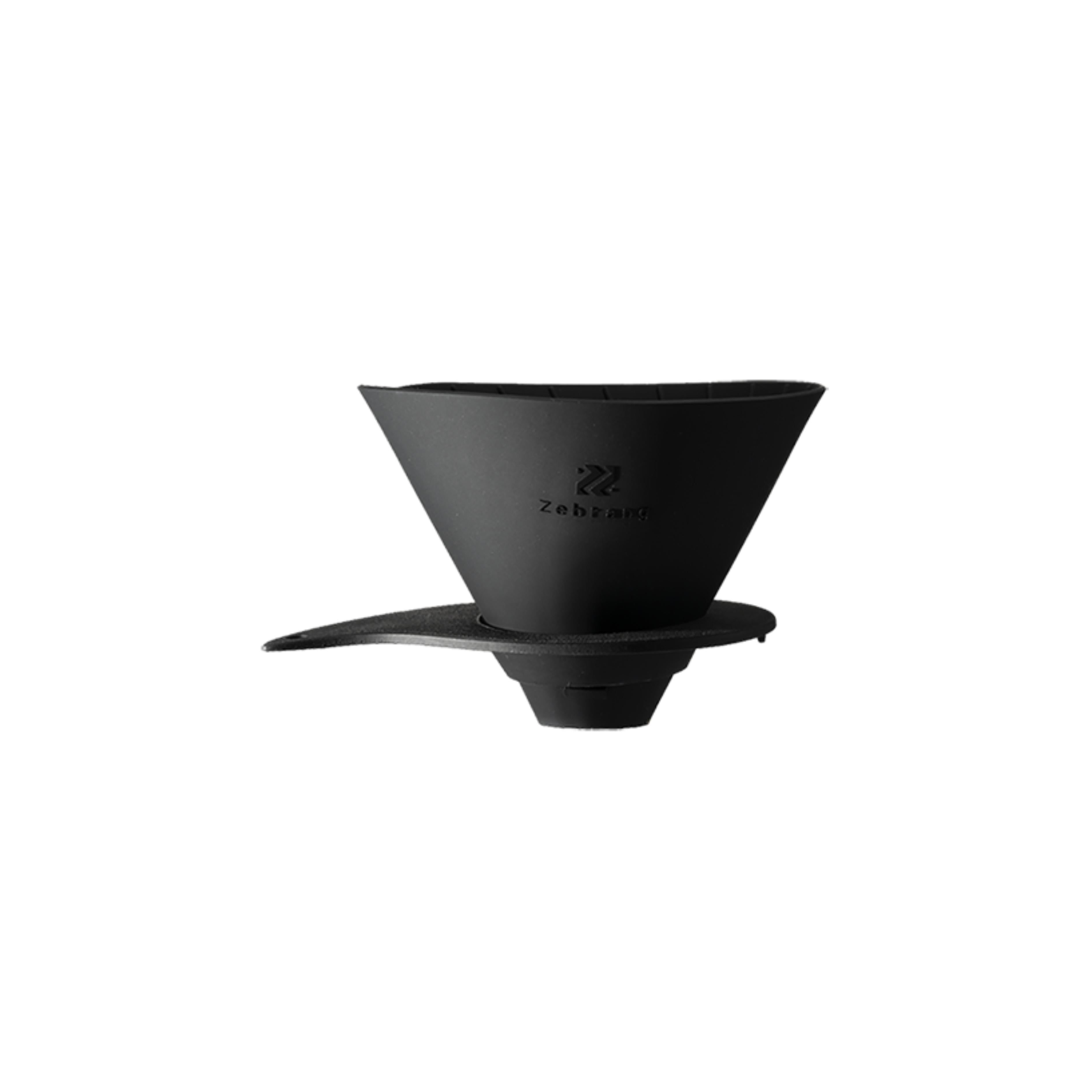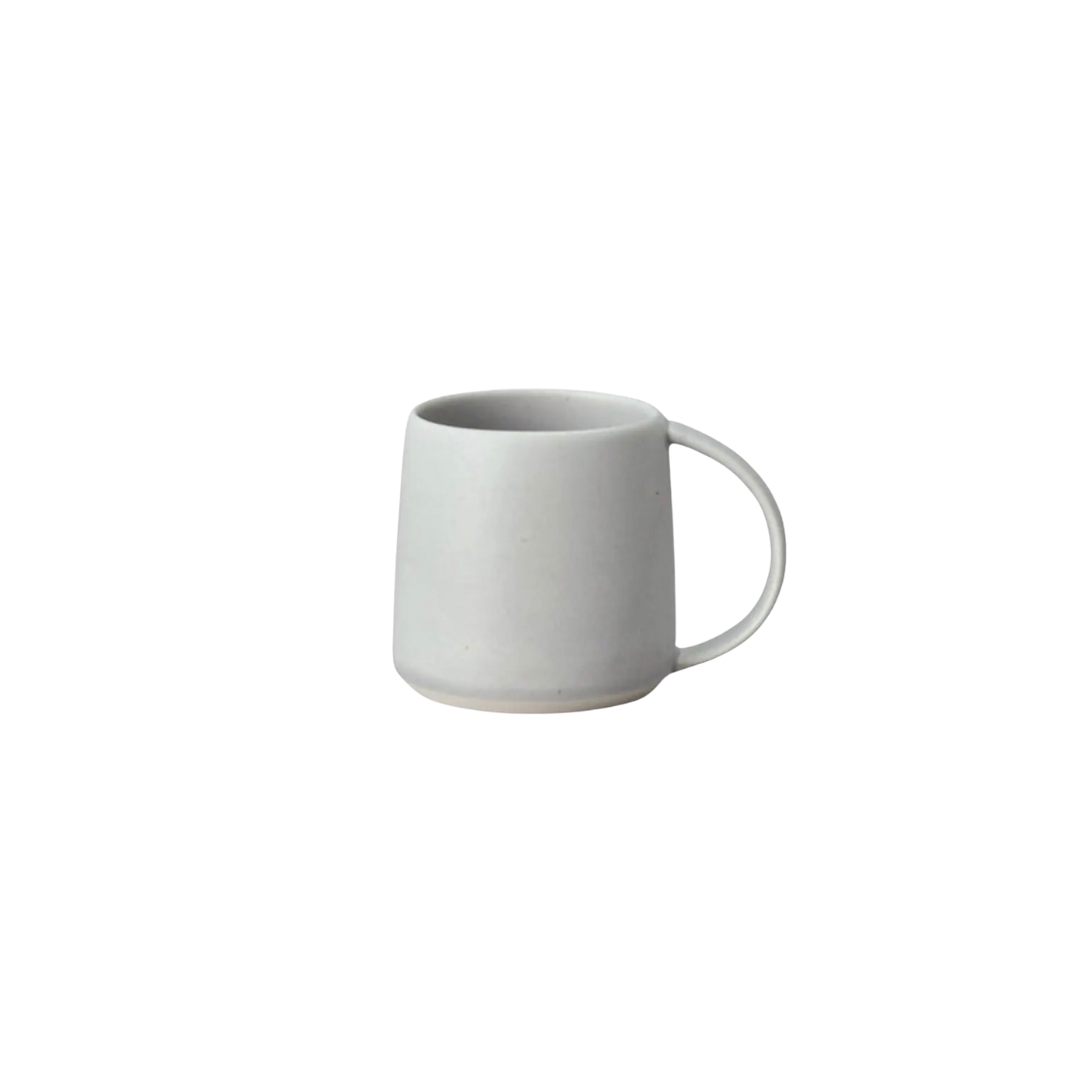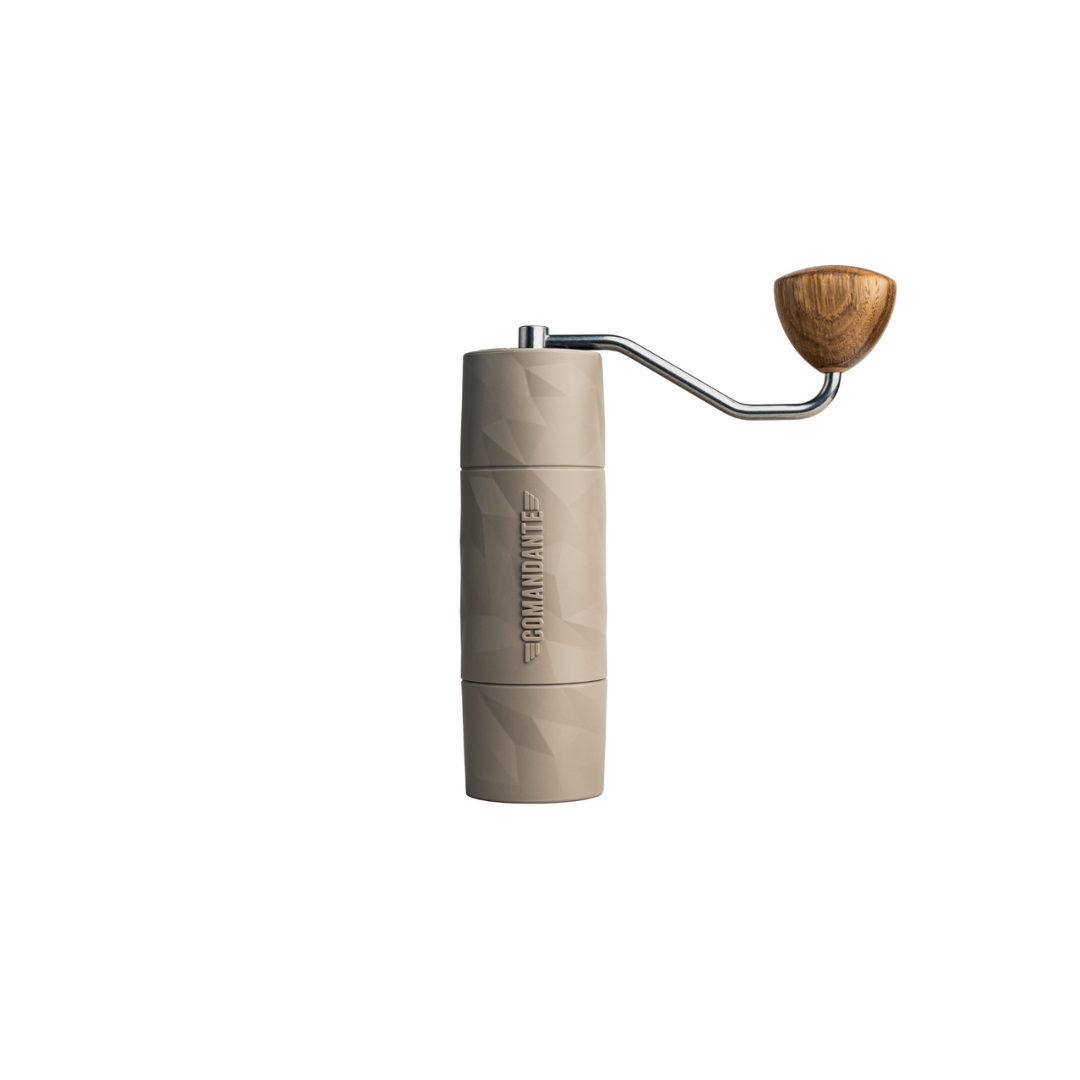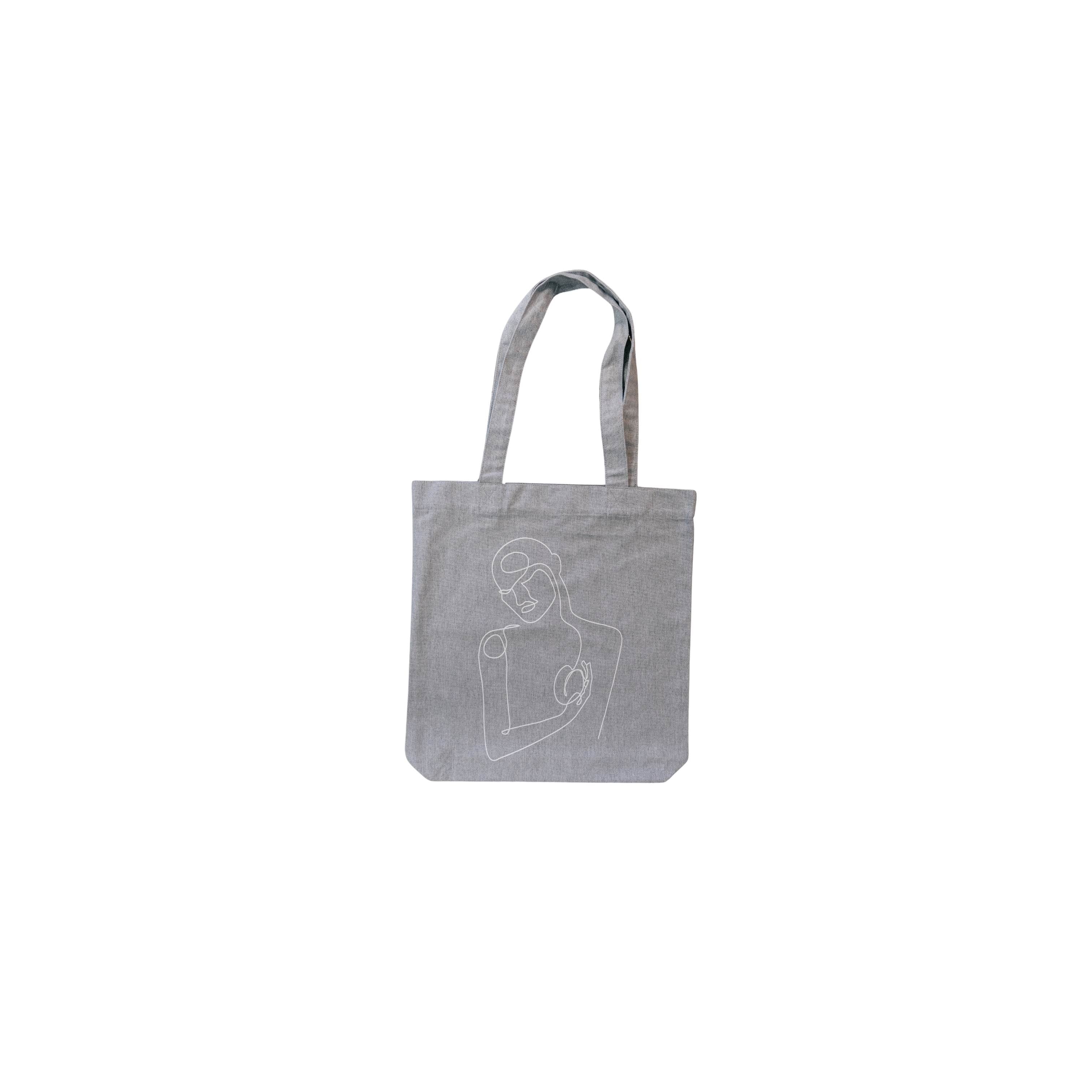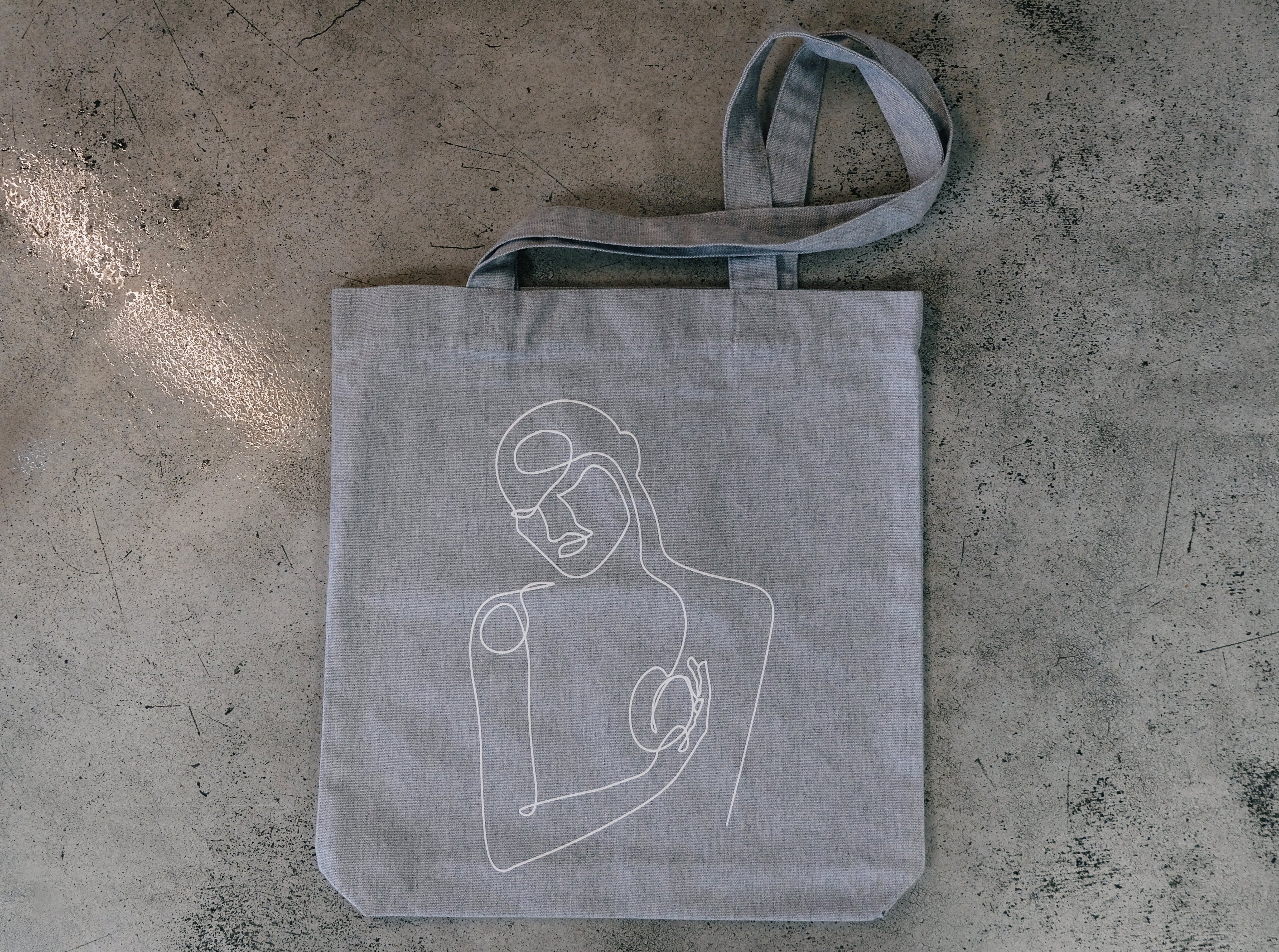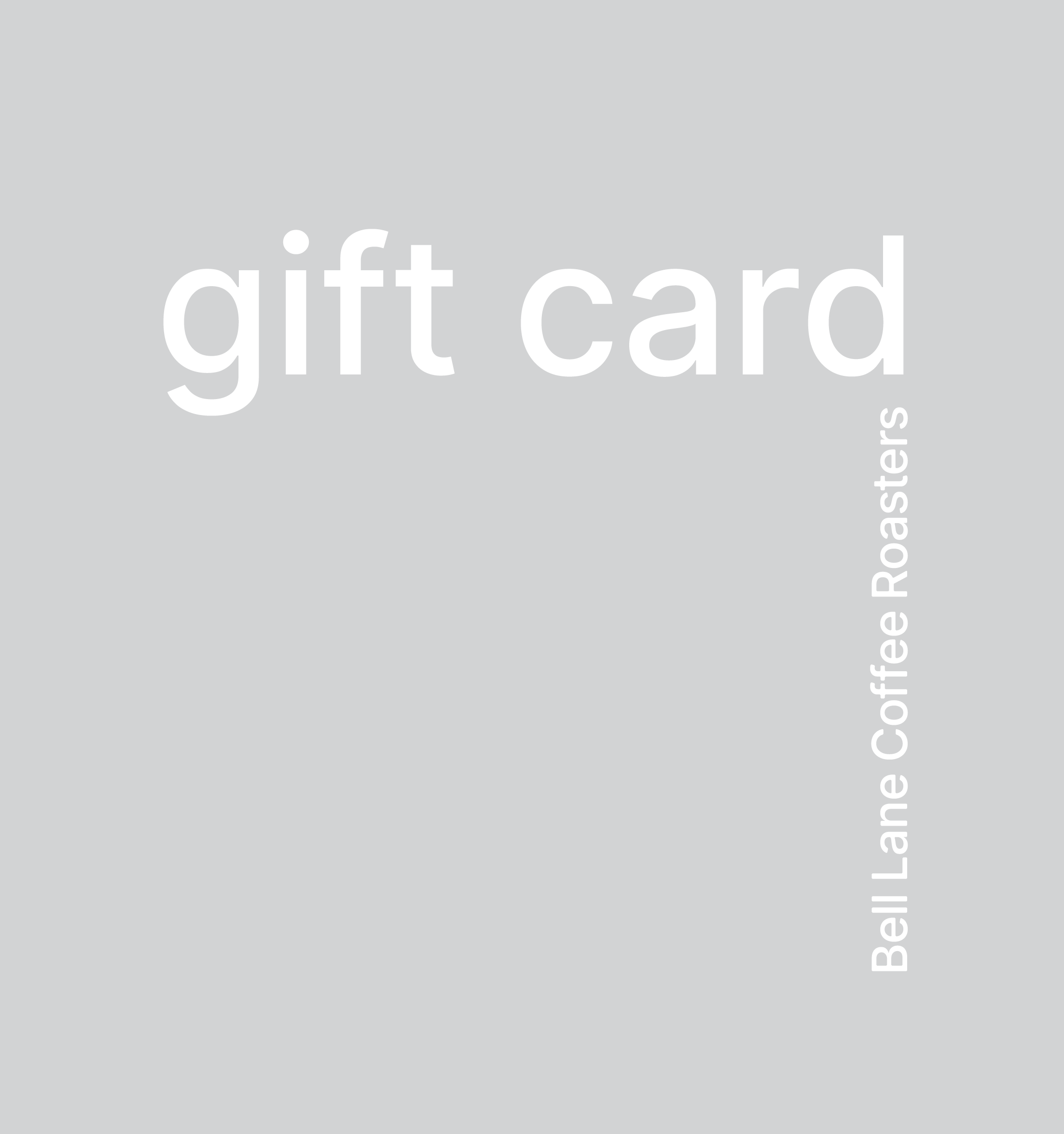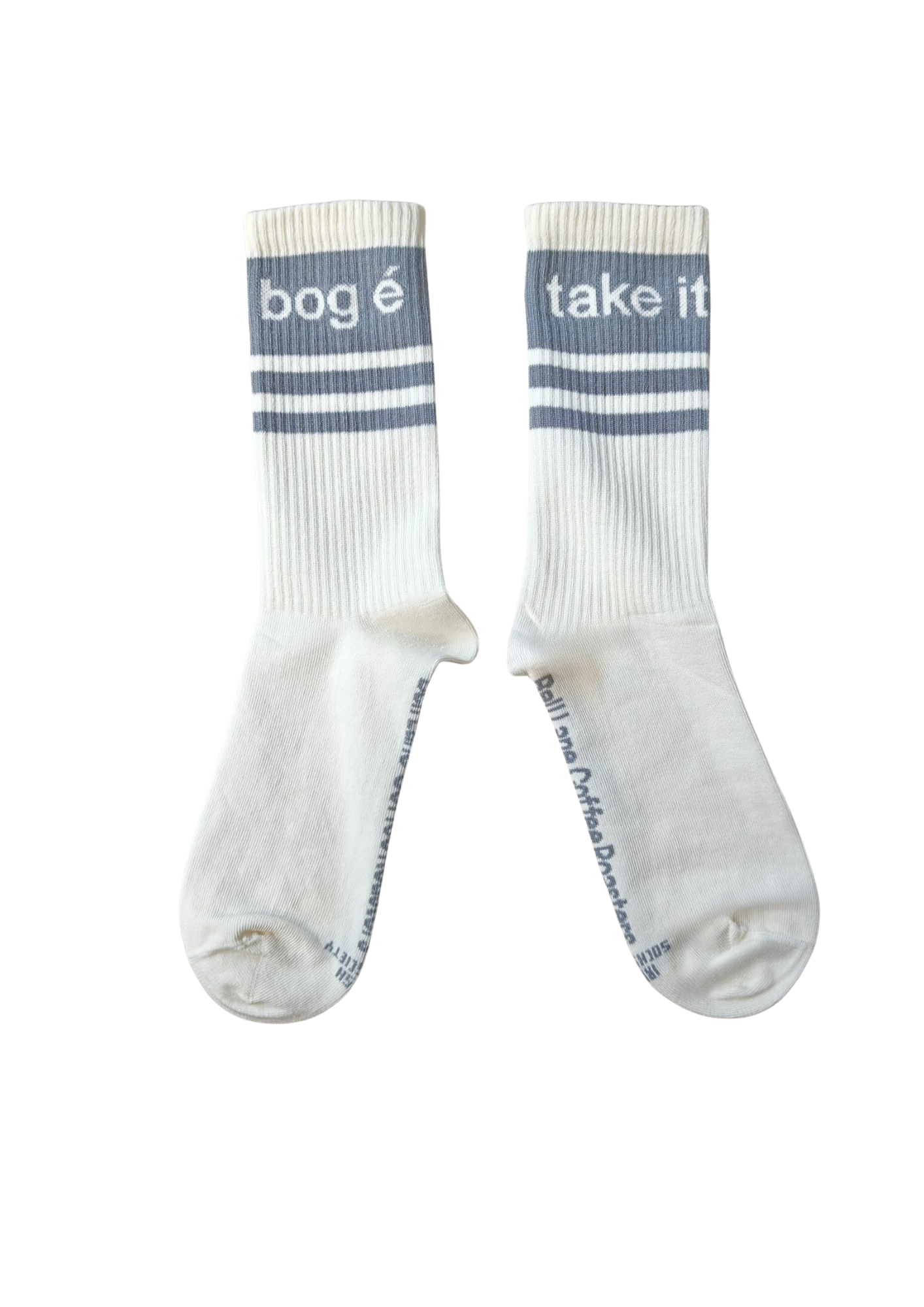Our labels are designed to reflect the tasting experience at a glance. Each colour is drawn from the tasting notes, giving an immediate sense of flavour. Linework represents the structure of the cup—whether notes are distinct or integrated—while brightness reflects the brew method, from filter to espresso.
coffee in colour
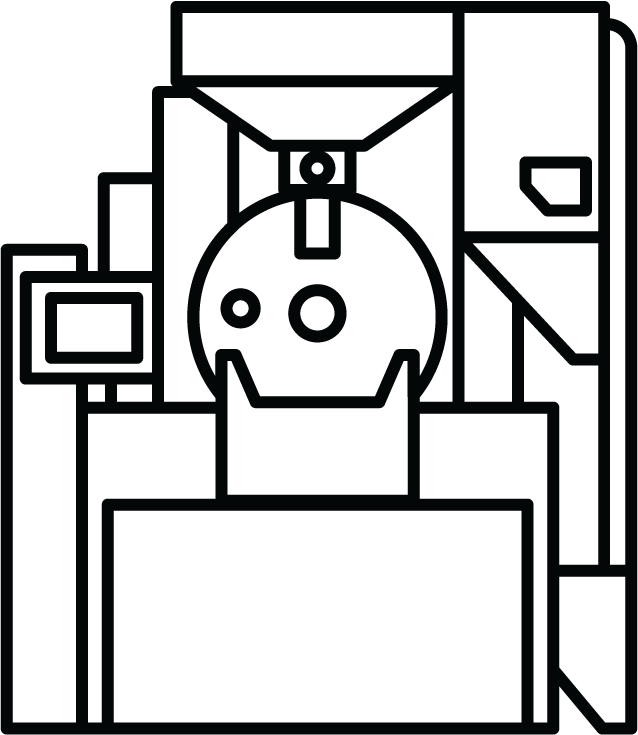
roasting since 2012

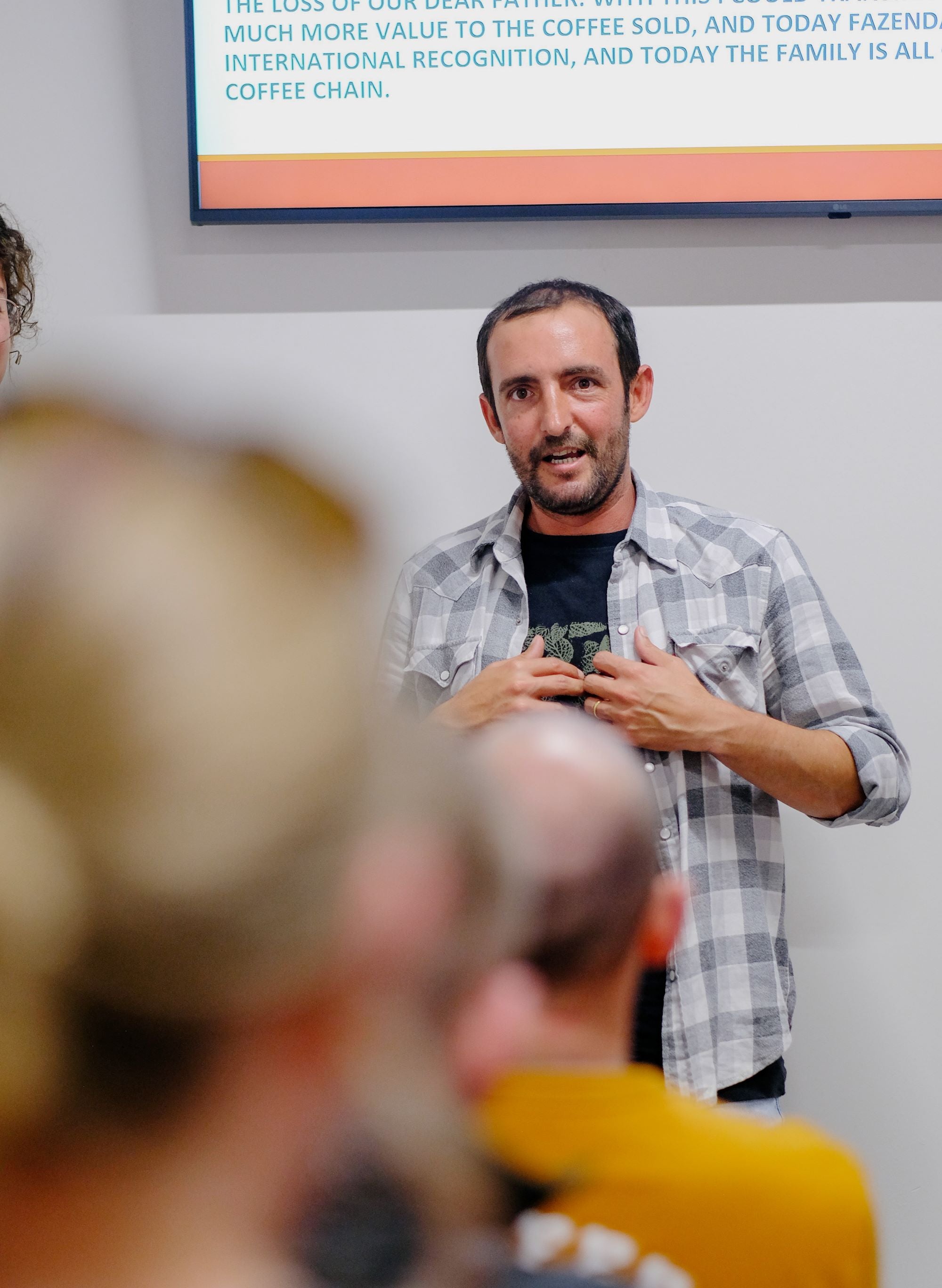
our story
Since 2012, our coffee story has unfolded as a journey of constant learning and improvement. Building genuine relationships with coffee producers is at the heart of everything we do. We believe these connections matter because they mean better coffee for you and a positive impact on the communities we source from.
We partner with producers we know and trust, ensuring quality throughout every step of the roasting process. We meticulously roast beans to their full potential, honouring the hard work and dedication of skilled producers, resulting in a delicious cup that reflects the unique character of each origin.
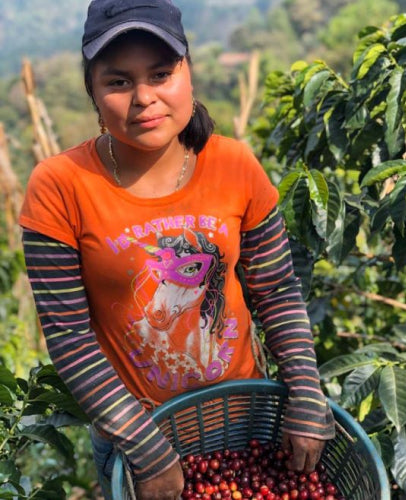
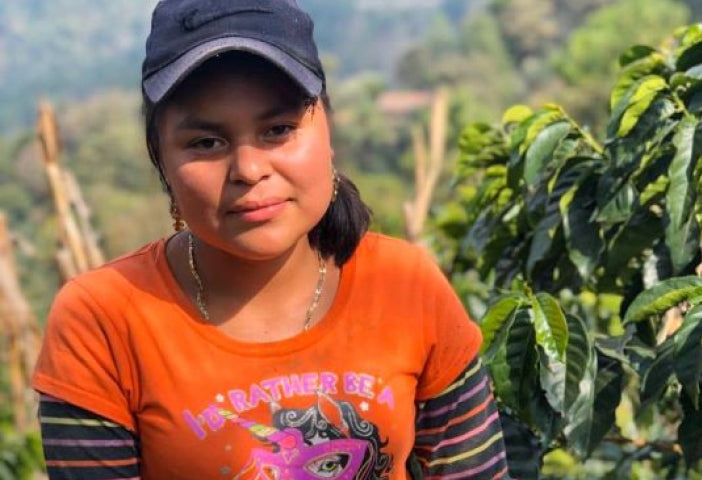
community
Our partnerships are built on the principles of honesty, sustainability, and supporting coffee producers. This approach ensures both exceptional coffee quality and financial stability for the communities behind your cup.
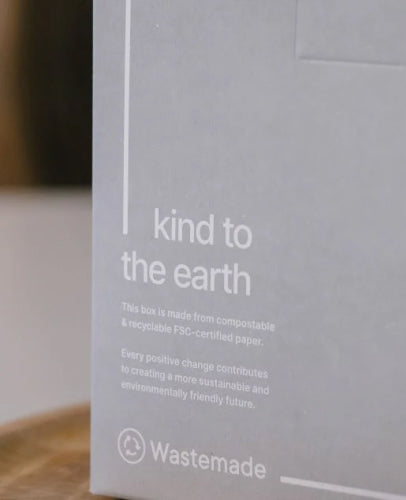
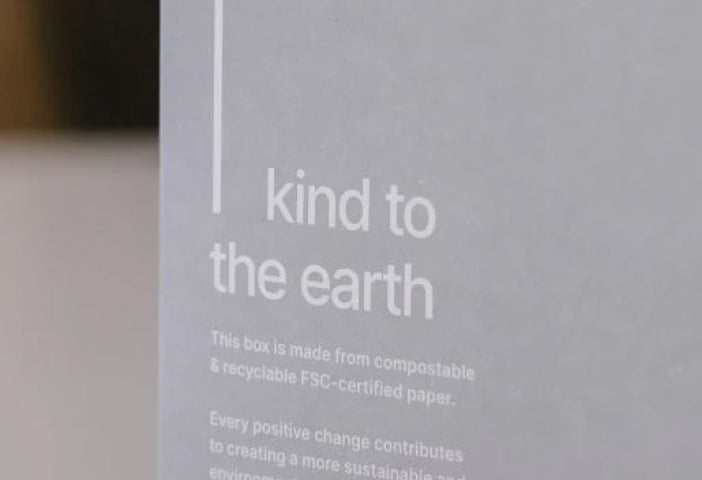
responsibility
We are dedicated to minimising our environmental impact. This commitment starts with partnering with suppliers who share our values and implement sustainable practices throughout the entire coffee journey. This includes responsible sourcing, eco-friendly packaging, and utilising innovative roasting technology like our IMF roaster, which reduces emissions up to 98% compared to traditional drum roasters.
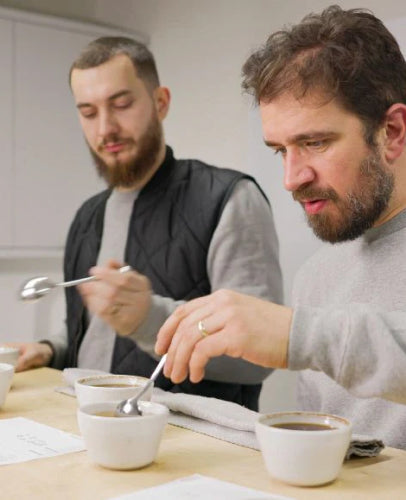
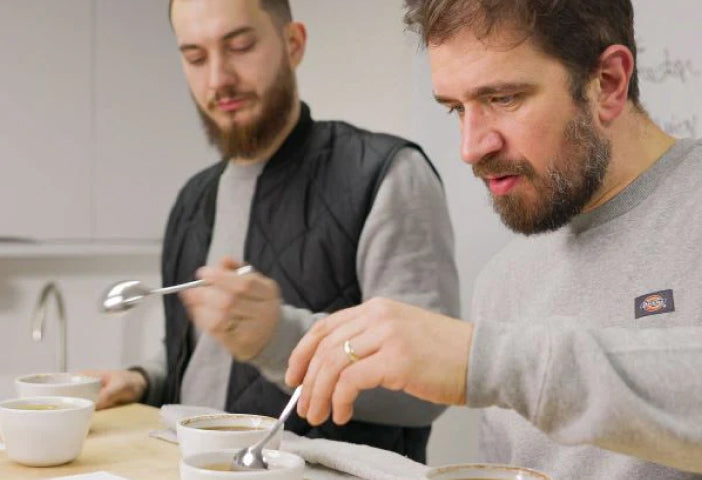
learn
Coffee is more than just a drink. It's an exploration of flavours, origins, and brewing methods. We're here to guide you, helping you find your perfect cup. We offer comprehensive training to our wholesale partners, and regularly open the roastery for interactive fun brew classes.
from journal
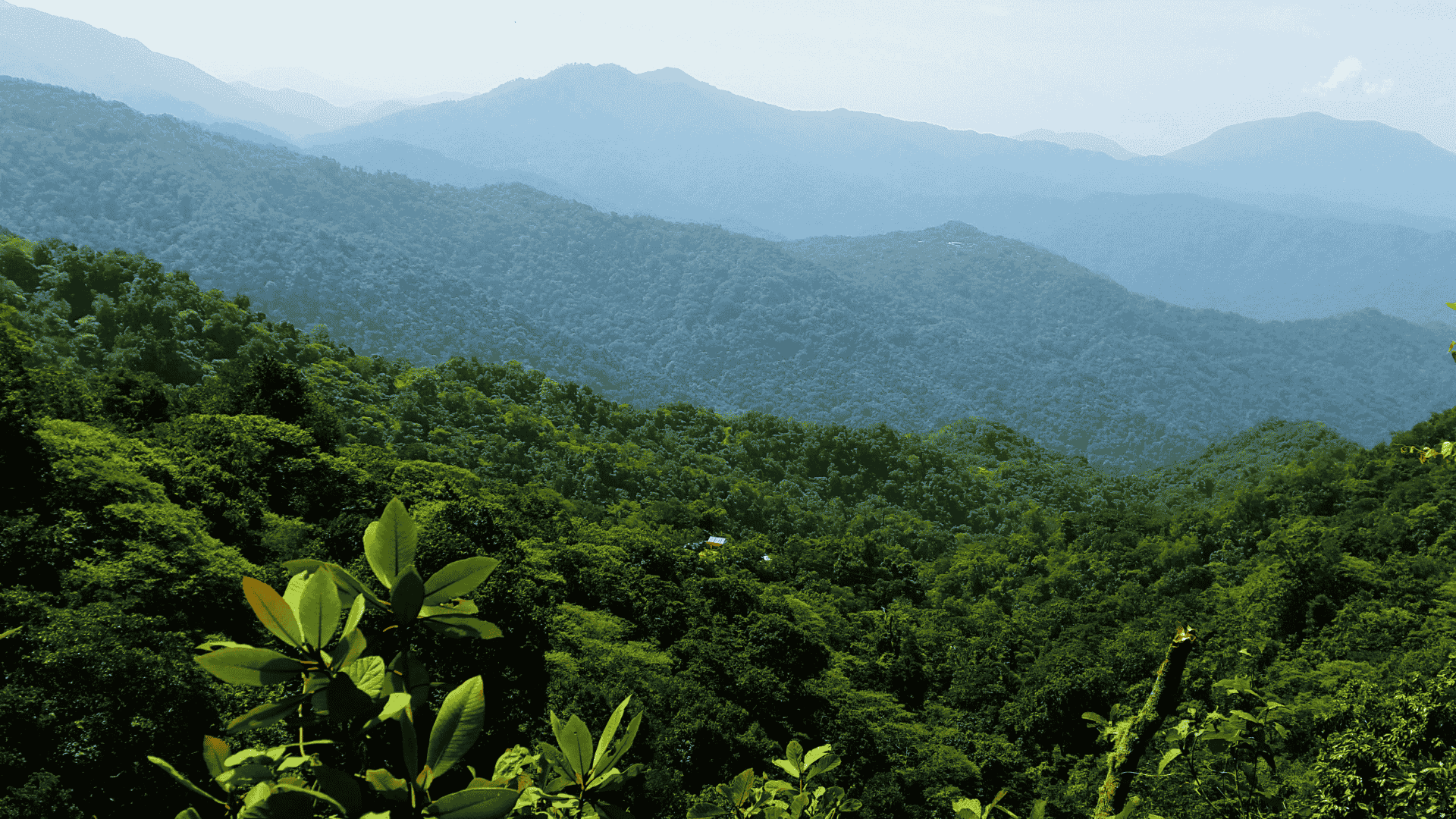
what’s so special about specialty coffee?
If you’ve heard the term specialty coffee before, but aren't exactly sure what it means, you’re in the right place. Here we'll take a look at specialty coffee's origins, what defines it, and what really makes it. the origin of specialty coffee The term specialty coffee was first coined by Erna Knutsen in 1974 during an interview with Tea & Coffee Trade Journal. A pioneer in the coffee industry, Erna was a champion of small roasters and high-quality coffee at a time when large corporations dominated the market. She faced significant challenges in a male-dominated industry yet laid the foundations for what we understand specialty coffee to be today, which is coffee that is produced with care and excellence from seed to cup. Her lifelong work and dedication to coffee earned Erna the unofficial title, 'the Godmother of Specialty Coffee'. erna knutsen, the 'godmother of specialty coffee' defining specialty coffee At its core, specialty coffee is coffee that is scored 80 points or higher out of 100 by certified coffee tasters (Q Graders). However, the definition from the Specialty Coffee Association provides a more holistic view. They define specialty coffee as, "a coffee or coffee experience that is recognised for its distinctive attributes, resulting in a higher value within the marketplace." This reflects Head Roaster Niko Sunko's belief that specialty coffee is about more than a score. It's about the people who grow it and the processes that make it. Unlike commodity coffee (grown and traded in bulk with a focus on yield), specialty coffee is grown with care, generally harvested by hand, and processed with precision using techniques sometimes passed down for generations. coffee growing at altitude in mexico's union san pedro 5 things that make it special 1. it starts on the farm Specialty coffee begins with high-quality Arabica beans, grown at higher altitudes in ideal climates. Farmers focus on sustainable practices, soil health, and selective picking, choosing only the ripest cherries. 2. it’s processed with precision Once picked, the beans are carefully processed (washed, natural, or honey process) to bring out their natural sweetness and complexity. This step affects the final flavour just as much as the roast. 3. it’s traceable Most specialty coffee can tell you where it came from. Not just the country, but the region, the farm, even the lot. This transparency supports ethical sourcing and better relationships between roasters and producers. 4. it’s roasted for flavour Specialty coffee is lightly roasted in small batches to let the origin's characteristics shine through. This differs from a dark roast which can be used to mask flavours. 5. it’s brewed with care Whether you’re using a French press or a pour-over, brewing specialty coffee is about paying attention to variables. Your grind size, water temperature, and brewing time unlock the full flavour. coffee cherries drying on beds at enrique lopez's farm in mexico what does specialty coffee taste like? It depends. An Ethiopian coffee might taste like blueberries and tropical fruits. A Colombian might taste like peach and plum. Specialty coffee varies wildly. Part of the fun is discovering flavours you didn’t even know coffee could have. And even ordering from the same producer year after year and noticing the nuances between each harvest, similar to wine tasting . where do I start? You're in the right place. Bell Lane Coffee is a specialty coffee roaster and you can use our intuitive label design to find a coffee that's right for you at a glance. Whether it's espresso, filter, or coffee subscriptions, we've got you covered for specialty coffee. coffee cherries being "washed" at origin
Discover more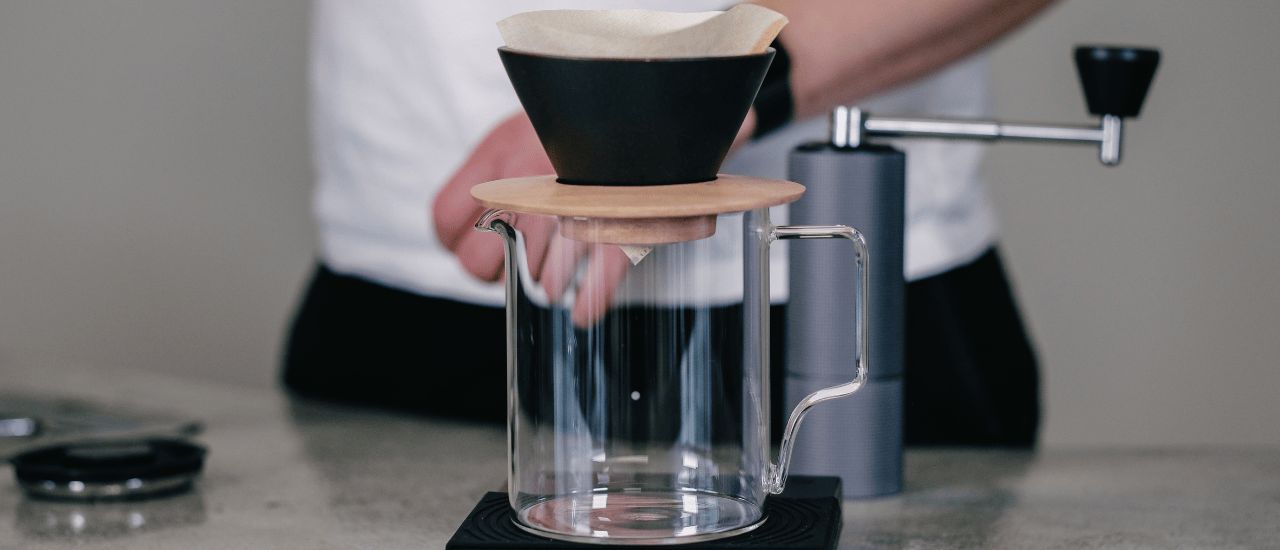
how to brew a great V60 at home (no experience needed)
So, you’ve decided to dive into the world of filter coffee. Great choice. Previously, we've looked at the differences between filter and espresso. In this post, we’re getting hands-on with one of the most popular and approachable filter methods out there. Although the V60 can look intimidating at first, with a little guidance anyone can brew a bright, clean, and delicious cup at home. No barista training needed. the iconic cone shape of a V60 what is a V60? The V60 is a cone-shaped dripper made by Hario, designed to sit on top of your cup or a server. You pop in a paper filter, add coffee grounds, and pour hot water over it in stages. Gravity does the rest. The result? A light, nuanced cup that highlights the character of the coffee. If you enjoy exploring flavour notes and prefer a smoother brew, this is for you. what you’ll need Before you get started, gather your equipment: V60 cone dripper matching filters freshly ground filter coffee grinder (burr grinder recommended) kettle, ideally gooseneck for better control (but a standard kettle is fine to start) scales (optional, but helps with consistency) timer or phone stopwatch your favourite mug or server scales give you precision with every brew grind size Grind size is very important for making a good V60 and your grinder will have a range of settings for V60 specifically. For example, the recommended V60 setting on a traditional Comandante grinder is 20-30 clicks. For this Timemore grinder, it's 10-13 clicks. At Bell Lane, we try to grind as fine as we possibly can. Once our brew becomes astringent or too dry, we know we've pushed it too far. From there, we usually bring it back a click or two. Check the recommended settings for your grinder and play with each point in the range (and beyond) to see which setting works best for you. coffee dose It's also important to think about both water volume and coffee dose. A good starting ratio is 16:1. That means for every 1g of coffee, use 16g (or 16ml) of water. So, for a 20g coffee, use 320ml of water. From there, you have a good base to experiment with the weight of coffee grounds and the volume of water. Adjust up or down depending on your preferences. water matters Use fresh water, ideally soft water, to avoid flavour loss. Although you'll see many recommendations for your water temperature to be around 92–96°C, at Bell Lane we brew just off the boil at 100°C. This is because our lighter roast profile for filter coffees allows for a boiling hot brew. variables, like water, influence your final cup step-by-step guide 1. rinse & preheat Place the filter paper into your V60 and rinse it with hot water. This removes any papery taste and preheats your dripper and mug or server. Discard the rinsed water. 2. add coffee grounds Place your V60 on the mug or server, add your coffee grounds, and gently shake to level the bed. 3. pour 1: the bloom Start your timer and pour just enough water to saturate all the grounds. About 30–50g. This allows the coffee to “bloom” as carbon dioxide is released, leading to better extraction. Wait for about 30–45 seconds. 3. pour 2: main pour(s) Continue pouring in a slow, circular, or spiral motion. Start from the centre, work your way out and back in. Always aim for the coffee grounds and avoid pouring directly onto the filter. You can do this in one or two pours until you reach your total water weight (250g). Aim to finish pouring by around 1:30–2:00 minutes. 4. let it drip Allow the water to drain completely. Your total brew time should be around 2:30–3:00 minutes. If it’s running too fast, your grind may be too coarse. If it goes too slow, your grind is probably too fine. 5. the stir Once your coffee is brewed, give it a quick swirl or a stir with a spoon. Why? When coffee is filter brewed, the heavier compounds and flavours sink to the bottom while the lighter aromas and flavours rise to the top. A quick swirl or stir will bring them all together for a more balanced cup. Then? Sit back, relax, and enjoy. swirl your fresh brew to integrate all the flavours pro tips for better V60 brews Don’t stress about perfection. Even small improvements (like a consistent grind) make a big difference. Taste and adjust. Each coffee is different. Experiment with the variables like grinder, grind size, water temperature, and water volume to fit the settings that you enjoy most. filter coffee Try different coffees to see what you like (and don't like). Our filter collection is a great place to start and if you'd like a new coffee delivered to your door every month, explore our filter subscriptions. Each one is carefully selected and freshly roasted by our Head Roaster, Niko Sunko.
Discover more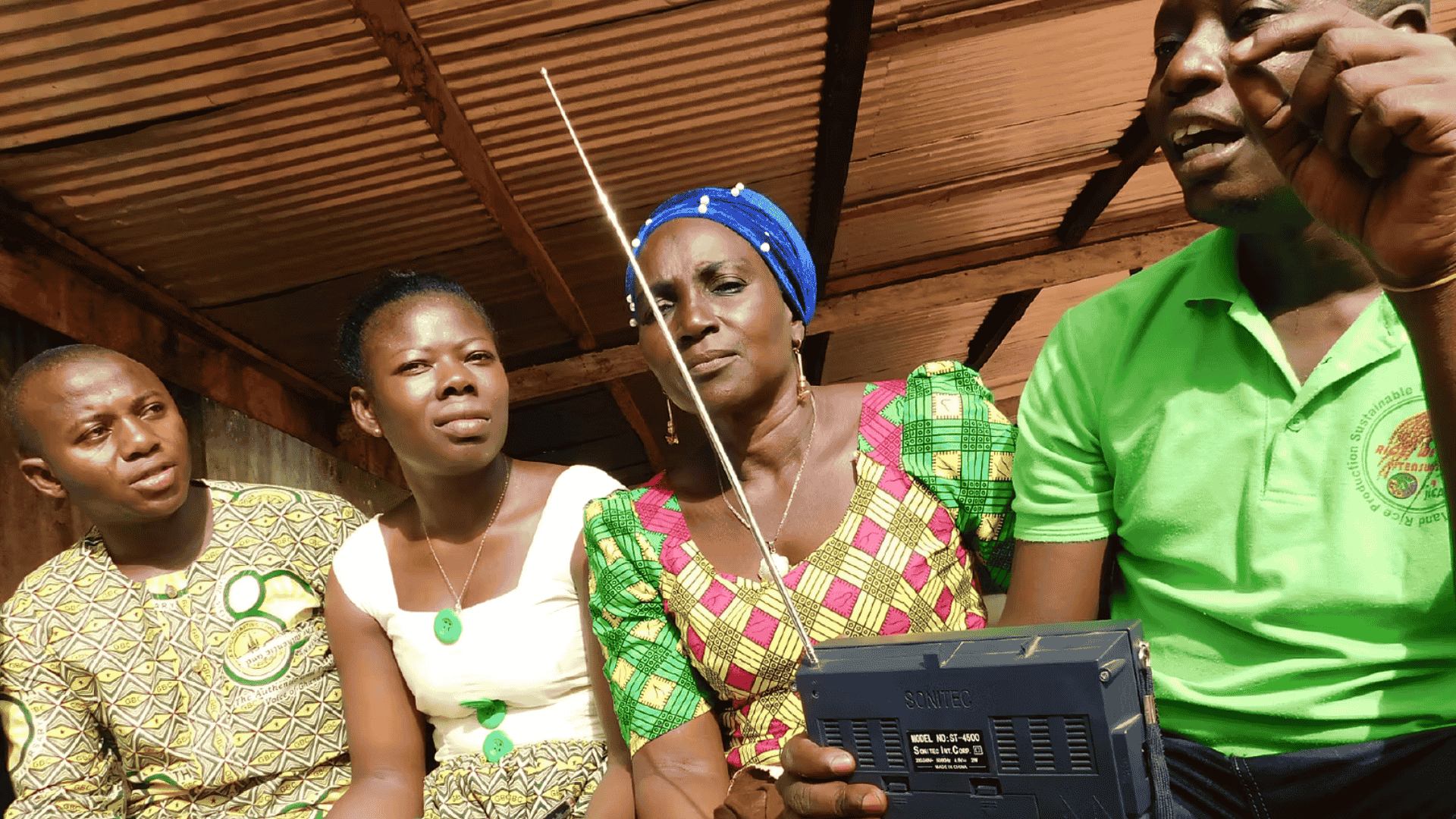
why giving a voice to coffee farmers matters
Coffee has always been about people, whether meeting for coffee or chatting over coffee. But for this special collaboration, we’re shining a light on the people behind coffee—the producers, farmers, and workers who make it all possible. voices that matter Farmers' Voice Radio exists to give a voice to these all-important people. An initiative of international non-profit the Lorna Young Foundation, Farmers' Voice Radio amplifies farmers' voices through locally-led radio programming—a widely accessible, low-cost medium that even farmers in the most remote locations can tune into. This work helps farming communities share knowledge, improve yields, adapt to climate change, and strengthen local networks—all vital to keep farmers and producers at the forefront of sustainable farming. This benefits farmers, roasters, and ultimately everyone who enjoys their cup of coffee. coffee seedlings being unpacked in peru (photo credit: Inchahuasi Valley Cooperative, Cusco, Peru) the benefits The large-scale impact of Farmers' Voice Radio is clear to the coffee industry when you pick through their incredible work to date, both through radio programmes reaching thousands of farmers delivered in partnership with local organisations, and through training agricultural officers on the Farmers' Voice Radio approach in their online Academy. 70,000 disease-resistant coffee seedlings planted by smallholder coffee farmers in Nyeri, Kenya Widespread adoption of stumping practices to rejuvenate older, low-yielding coffee trees by farmers on Mount Elgon, Uganda. You can hear directly from coffee farmers Esther and Agnes about this experience here. 50 individuals representing 24 coffee cooperatives from Peru, Colombia, Mexico, Honduras and Nicaragua with the skills and tools to deliver Farmers' Voice Radio programmes to their total membership of over 20,000 farmers Brighton Coffee Festival presents a unique opportunity to benefit this collective with a special collaborative coffee. the right coffee With such a worthy cause, Bell Lane Coffee is proud to support Farmers' Voice Radio with a special collaboration coffee for Brighton Coffee Festival. We’ve chosen a coffee from La Morena, an all-female coffee collective based in Guatemala. Led by Maria Renee Morales, La Morena is a shining example of female coffee producers working together while sharing knowledge and resources to build a stronger, more resilient community. At Brighton Coffee Festival, this coffee provides an opportunity to directly support farming communities. 25% of every sale will go directly to Farmers' Voice Radio, helping them continue their vital work across the globe. gail henshall of bell lane coffee at dublin coffee festival shared values Bell Lane Coffee and Farmers' Voice Radio first connected at Dublin Coffee Festival. There, Hannah Davis of Farmers' Voice Radio met Bell Lane’s Head of Sales, Gail Henshall, where the idea for this collaboration was born. "This is a natural fit for Bell Lane. It ties in with our B Corp values to benefit people and the planet, but more than that it's a chance to shine a light on, and raise funds for, some truly impactful work being done at origin," says Gail. "Coffee connects people everywhere," says Hannah. "This partnership with Bell Lane is a brilliant way to show how these connections extend from the coffee you drink all the way back to the producer who grows and cares for it." further support To learn more about Farmers' Voice Radio’s mission, and to support this amazing organisation directly, please visit them here. You can learn more on their latest projects and how their work directly benefits farmers on the ground. saudatu, farmers' voice radio listener and shea nut collector from ghana (photo credit: lorna young foundation)
Discover more


